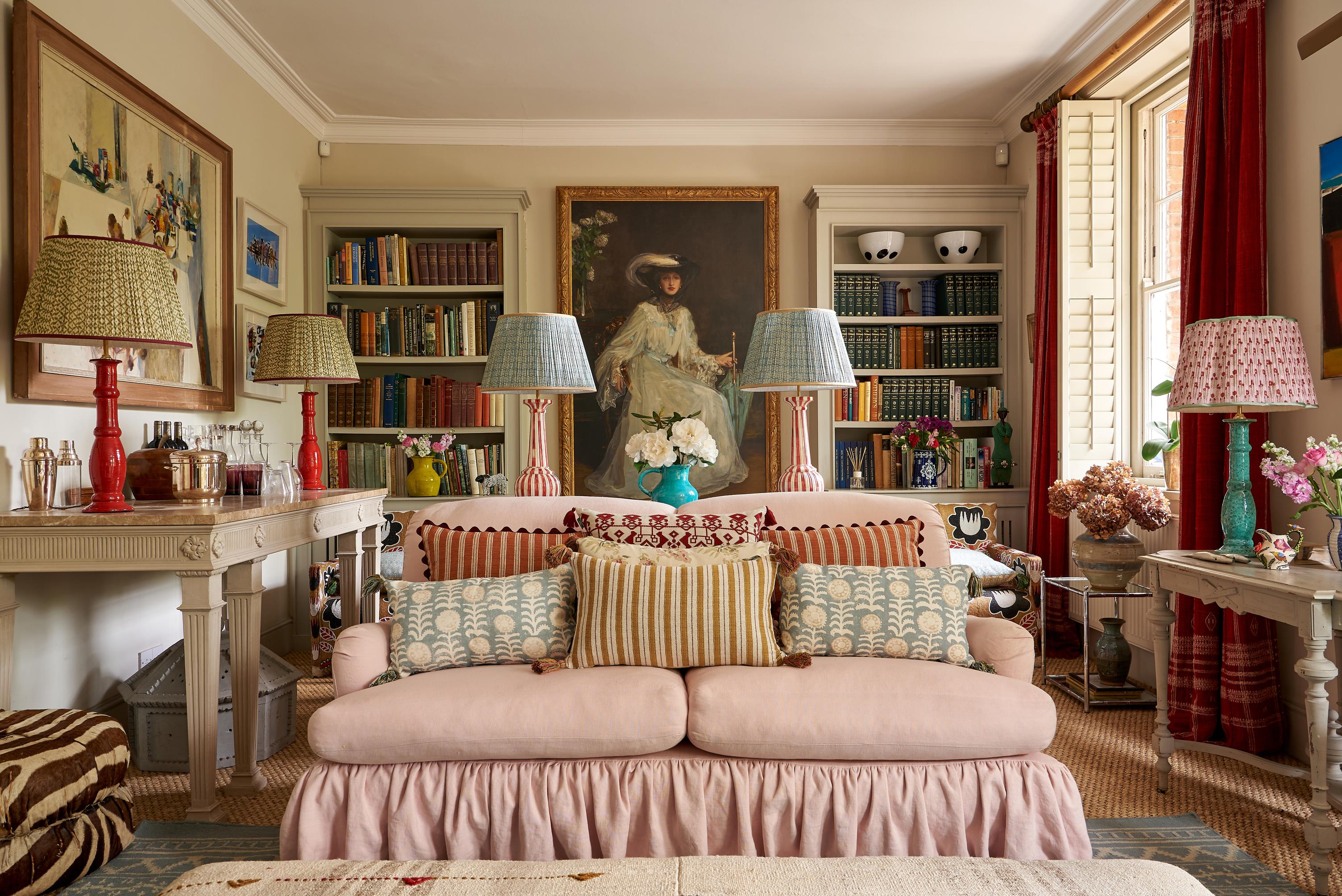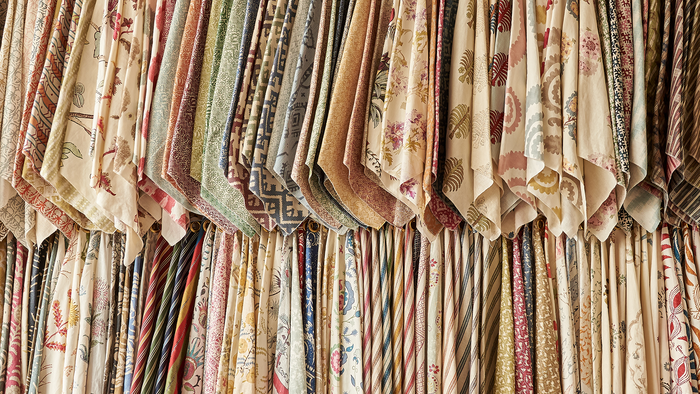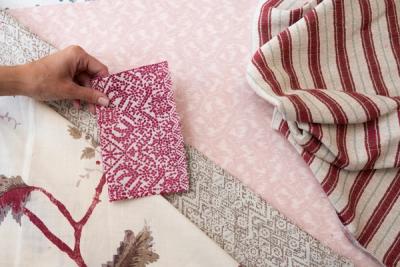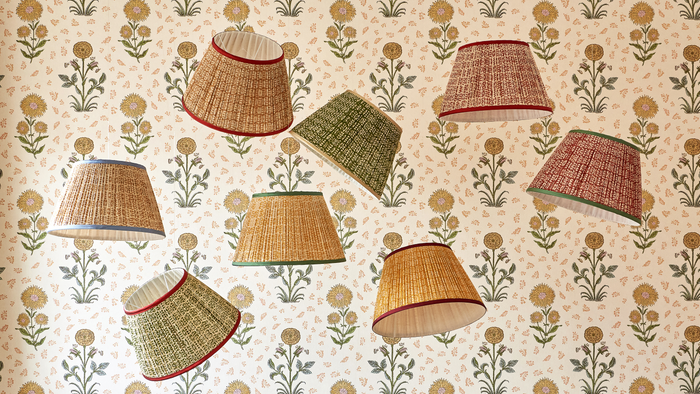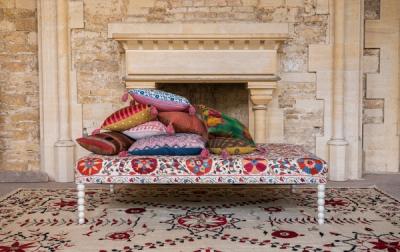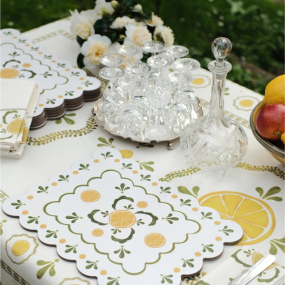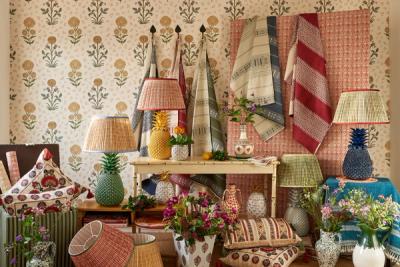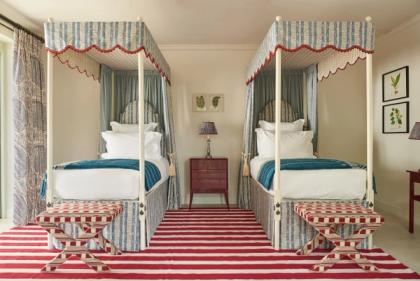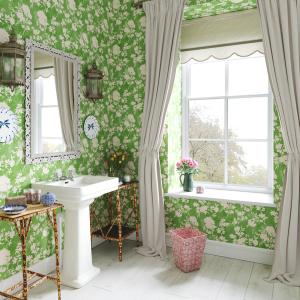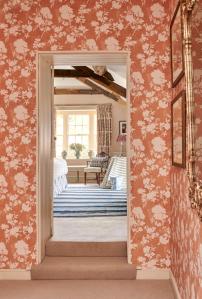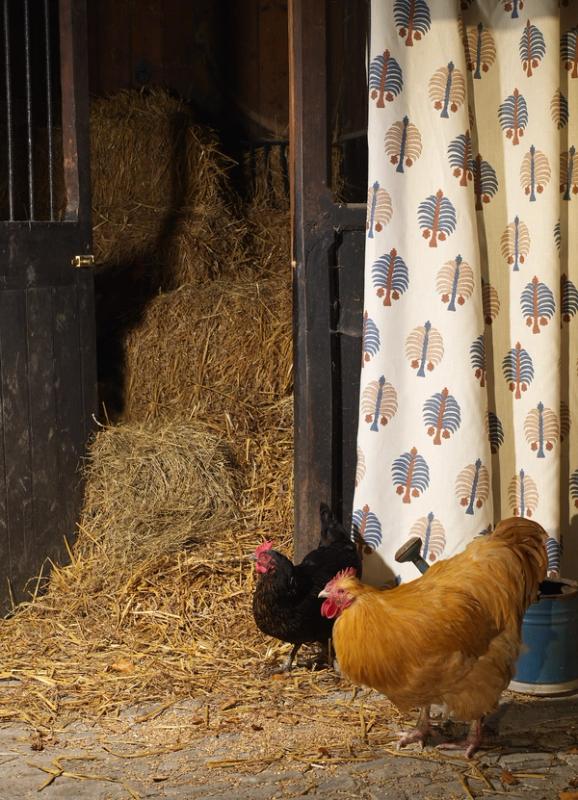
How to Choose Curtain Fabrics
Unless you’re wholeheartedly embracing the minimalistic look, a room without curtains will always look halfway to complete. Curtains frame the windows during the day, and help any room transform itself from a daytime hub of activity and movement to a still, serene, relaxing space fit for a long evening in.
Beyond that, curtains are simply another way to explore textile in each room of the house. While your furniture’s upholstery offers plenty of scope already, curtains are an opportunity to focus all your energy on the fabrics themselves – how they drape, and how the pattern repeats – rather than the furniture’s silhouette, trimmings, use, and intricate features. They offer an excellent opportunity to explore a statement pattern, or simply to harmonise with the rest of the room’s décor.
In other words, you can take your time to think about the ways in which the fabric behaves all on its own – how the pattern looks in a single piece, without seams or fitting to complex shapes – as well as the role it can play in tying the entire room together.
The Textile: Consider Weight, Breathability, and Drape
Before you start thinking about colour, pattern, length, or extra details like pelmets and tiebacks, you’ll want to settle on the right textile for you. Curtains can be made from any number of materials, from cheaper synthetics to natural alternatives like silk, cotton, and linen.
While each bring their own beauty to a room, some are certainly more practical than others. Natural fibres are invariably preferable to synthetic not only because they offer a more environmentally sound option, but because fibres like cotton and flax (the basis of linen) are excellent for regulating temperature – keeping the room cool when they’re drawn against the midday sun shining in and keeping the room warmer when they’re drawn against a wintry night. While heavy velvets seem only suited to a handful of the coldest, darkest evenings, and romantic silks are highly vulnerable to damp, linen and cotton strike a good balance.
When used as a curtain fabric, linen brings a beautifully casual-yet-intentional presence to a room. Lighter weight weaves have a flowy, almost ethereal quality and that distinctively crumpled appearance, perfect for feeling the breeze through the French doors in summer, whereas heavier linen weaves will appear more robust, and hang more heavily.
Cotton brings a similar understated (and timeless) elegance. Cotton viscose blends possess a little extra softness and lustre that make them perfect for use around the home, without losing the benefits of a natural fibre.
Colour and Pattern
Curtains spend a great deal of time drawn back, which means that particularly large prints or patterns can fail to have the same impact as they do when the curtains are closed. The ‘pleats’ that an open curtain naturally falls into are best for accommodating small to medium sized patterns, or abstract prints. If your chosen fabric features a very large flower or motif, consider how it will look when it’s ‘clipped’.
For obvious reasons, you don’t need to worry anywhere near as much over your curtain’s colours, but it’s always worth returning to your colour story when you start to browse fabrics – the paints, upholstery, accents, and wall art should all be taken into consideration, alongside whether you want your curtains to embody your primary colour, a statement pattern, or blend into the background.
Consider the accents
Curtains held by a tieback settle into a very attractive shape – one that keeps all the pleats a (roughly) uniform size and creates a traditional surround for the window. It’s common for a small piece of the same fabric to be used to create the tieback, which is something that will never look at-odds or out of place, but there’s nothing stopping you from picking out a contrasting fabric, and using the tiebacks to create a more eclectic or bohemian impression.
For this, a much smaller print in complementary colours will work well for the tieback, so that it’s not ‘competing’ for attention with the curtains themselves.
Alternatively, pick out a key colour from the curtains and find a rope in the same shade. Avoid using a colour that is too close in shade to the main colour of the curtain fabric, or it could blend in, rather than standing out.
New curtains will impact the overall look, feel, and ambiance of a room more than you might expect, and straying from the path well-trodden (in other words, a ‘safe’ colour that harmonises easily with the rest of the room) and putting more thought and creative flair into your next pair of curtains is a wonderful way of transforming the space.
More from Decoration
